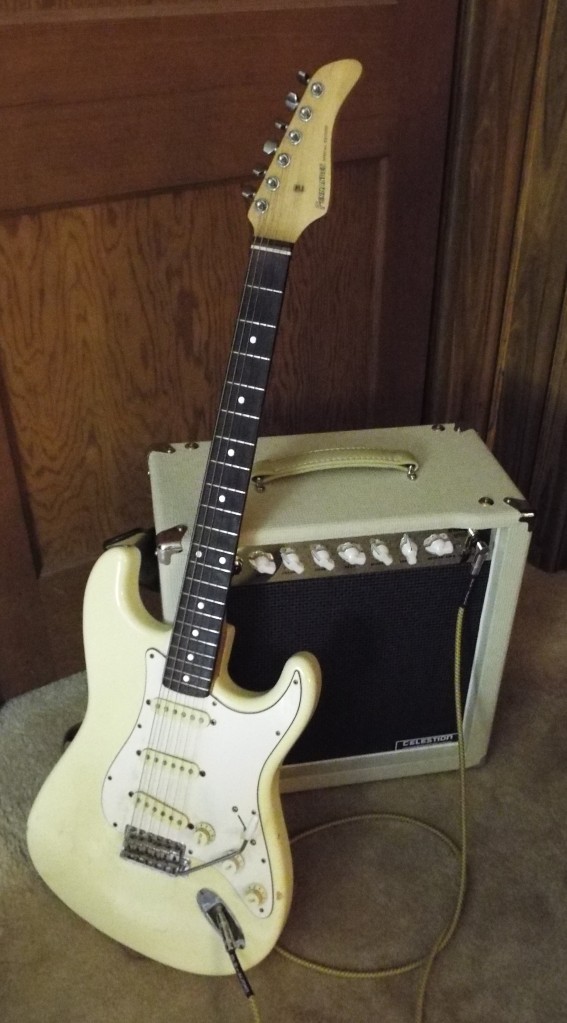I’ve said this for years and years and years, so I’ll say it again, I could give a fig for sustain; how often am I even gonna play a whole note? (for the civilians, that’s a note that’s held for a full measure, which is usually four beats and that’s not very long, even at crazy slow tempi) The thing I’m after is resonance, which is sort of the opposite of sustain. This is why “tonewoods” are in fact, important; they’re for getting the right balance. The neck, strings and body are a feedback loop; frets (and the nut, in the case of open strings) transfer string energy into the neck as the bridge transfers it into the body. (and unless you damp the pickups, the body vibrates those)

The TONE (all caps) of a guitar is all about what resonates and what sustains; in synthesis, we break a note down into its components, so there’s a pluck for the initial transient and it has basically all the frequencies from the fundamental pitch all the way up to infinity or the limit of your hearing loss, whichever comes first. We hear it as a click, it goes by so fast. Then you hear a series of partials or harmonics (multiples of the fundamental frequency, cf. Pythagoras) as the note dies away, and it’s the ORDER (all caps) in which they die off that constitutes TONE. But here’s all you really need to know: Pick it up strum it, don’t even plug it in; if it rings, it sings. You’re welcome.